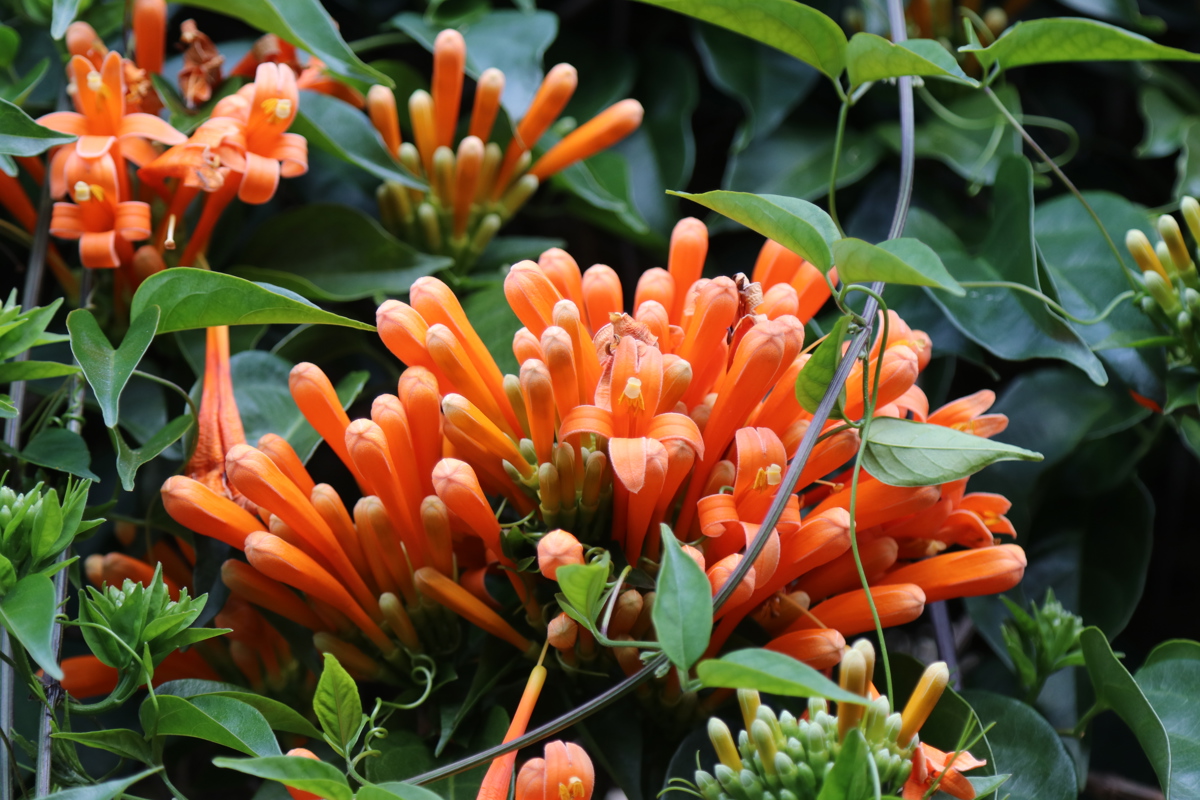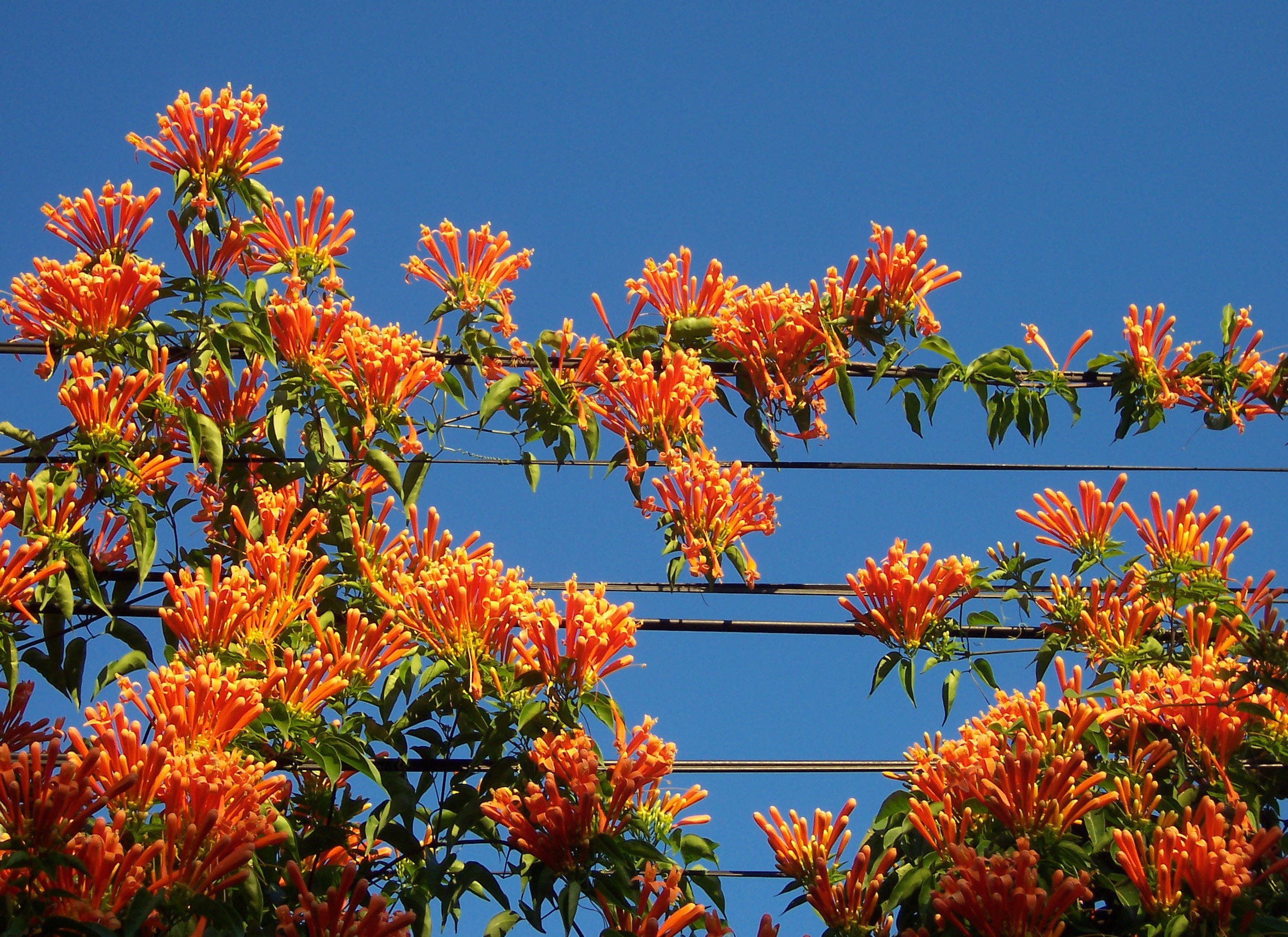Physical characteristics
A very vigorous
Flowers and foliage
The leaves are glossy and
Preferred site
Preparation for planting
Always choose healthy well grown
Before planting ensure the root ball is saturated and remove the planter bag or pot with minimal root disturbance. Trim any broken roots and plant at the same level as in the container. Dig a hole twice the diameter of the root ball and firm in and water once planted. Make sure
Maintenance tips
Mulching
The first summer and autumn after planting is critical for young
Prune this vine back sharply after it has completed its
Pests and diseases
Generally disease-free but may suffer from scale insects.
Location at Auckland Botanic Gardens
TBC
Interesting facts and tips
It is also commonly cultivated throughout the tropics and other frost-free regions of the world where it can become naturalised and is sometimes conside




.jpg?width=1200&height=1200&v=1d4024dceb89e50)

.jpg?width=1200&height=1200&v=1d5569224d63650)
 .jpg?width=1200&height=1200&v=1d4024df6ce2770)
.jpg?width=1200&height=1200&v=1d55676a892f2b0)
 .jpg?width=1200&height=1200&v=1d4024e3b65f7f0)